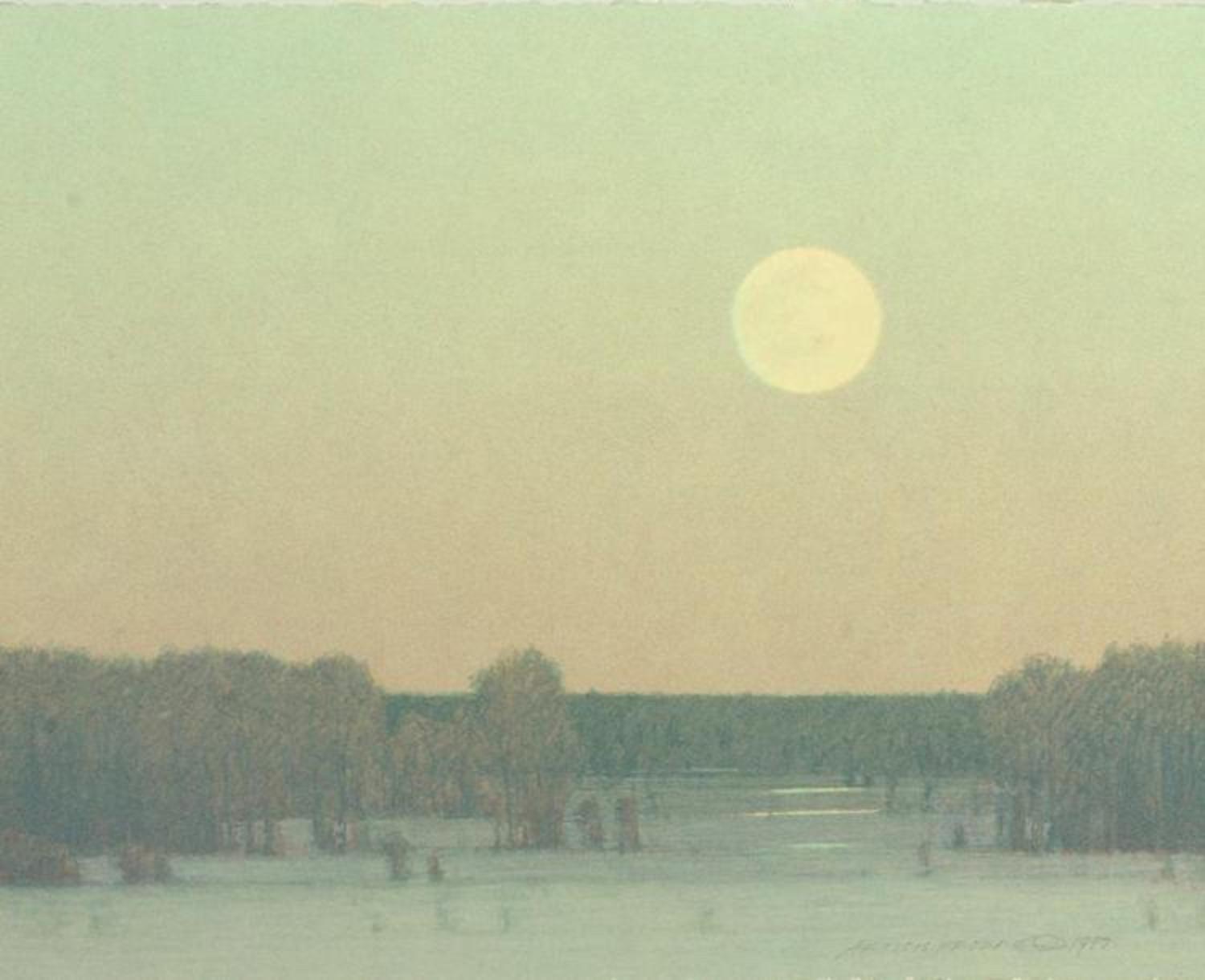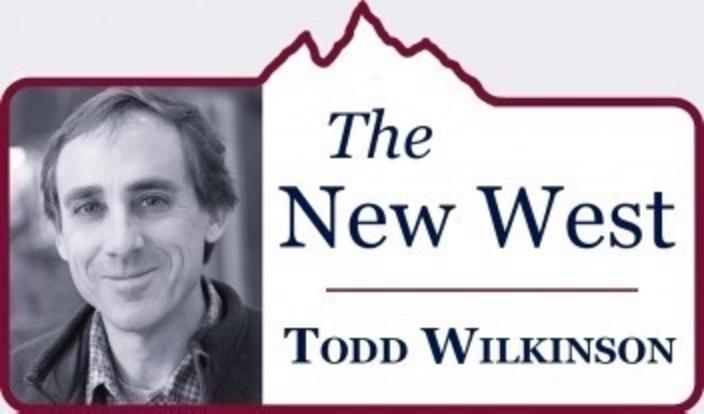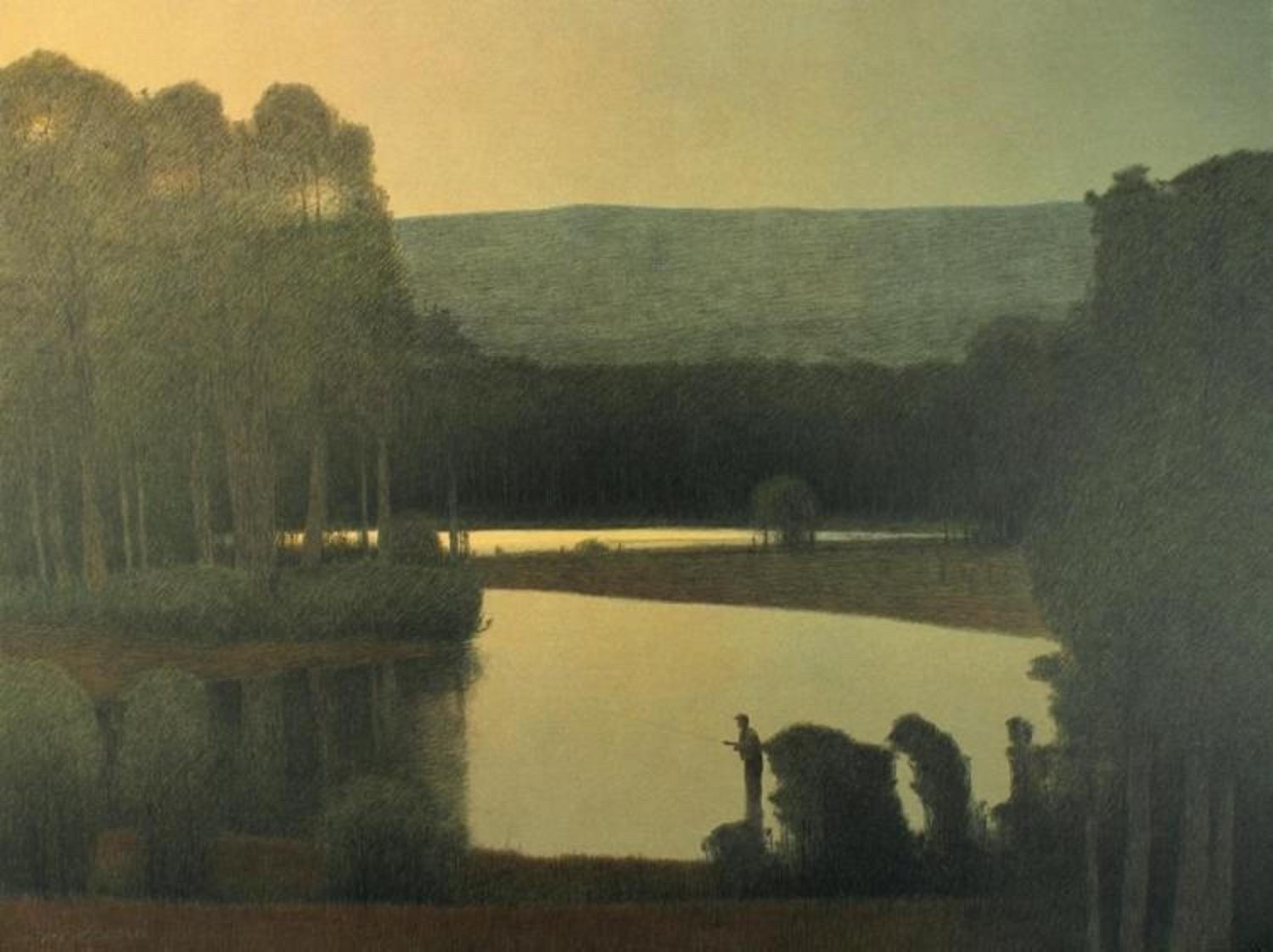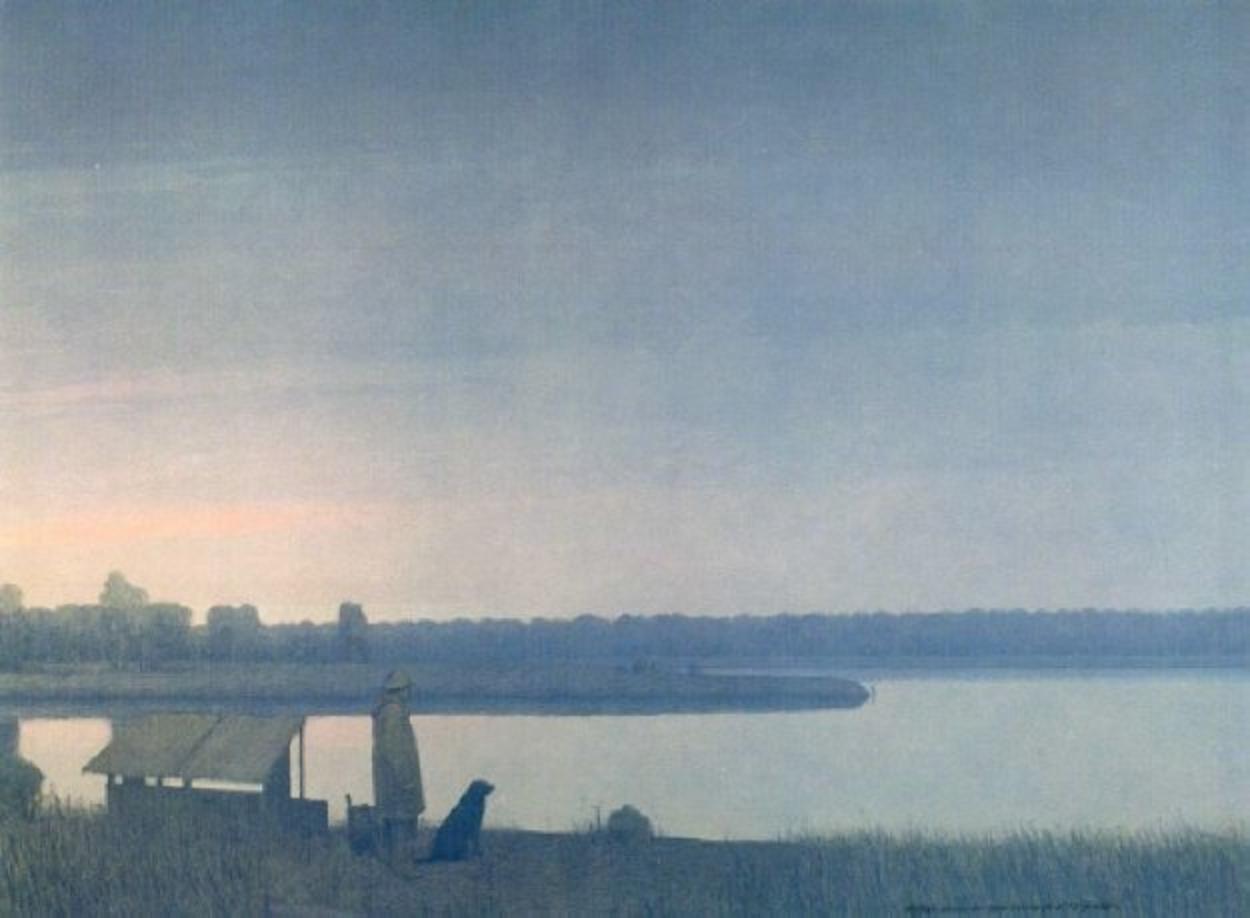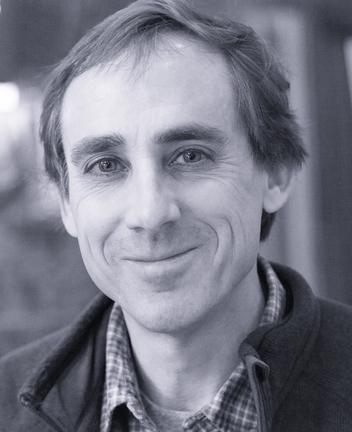Back to StoriesRussell Chatham's Reflections On Role Of Artist
March 4, 2018
Russell Chatham's Reflections On Role Of ArtistWisdom from the legendary former resident of Paradise Valley
In Jackson Hole, the immutable muse for generations of visual
artists has been the Tetons. In Big Sky, that landmark is Lone Peak and in
Bozeman, the Bridgers.
Just to the east, painter, writer, restaurateur, and incorrigibly-addicted
angler Russell Chatham became legend for his association with a different
topographical feature, Paradise Valley.
We all know of Paradise Valley for the Yellowstone River that runs through
it from Yellowstone National Park to Livingston and then angles to an eventual
rendezvous with the Missouri.
A lot of folks also have treated themselves to a sojourn at Chico
Hot Springs before moseying into Livingston where Chatham for decades was a
social fixture and held court at his signature restaurant.
Scores of residents throughout Greater Yellowstone own original
Chatham oils and high-end lithographs, displaying them next to priceless works
by French Impressionists and treasured western artists like Bierstadt, Moran,
Rungius and Catlin. Some of the notable private collectors in the region and
beyond include Robert Redford, Warren Beatty, Ted Turner, Jessica Lange, Margot
Kidder, Jack Nicholson, Tom Brokaw, Jeff Bridges and Harrison Ford.
Chatham’s artistic life force was his grandfather, the great California
muralist Gottardo Piazzoni (1872-1945). A few years ago, Chatham moved back to his
childhood homeland in northern California and recommenced painting where his
extraordinary career with fishing and standing behind the easel began.
I once asked one of Chatham's closest friends William Randolph
Hearst III to interpret Chatham. "You must understand that ‘Russell The
Personality’ is a wholly separate character from the life of Russell Chatham
the painter, though at the same time they are inseparable. No matter what he
does, his adventure with it becomes larger than life," Hearst said.
"As good a painter as he is,” Hearst added, “Russell’s an
equally wonderful storyteller and devoted friend, an absolutely superb
fisherman who might be among the best on the planet, an intrepid restaurant
owner, gourmet cook, wine aficionado, writer, boutique book publisher and
general roustabout.”
If any contemporary landscape painter qualified as a genuine rock star
in the northern Rockies, it was Chatham, now a late septuagenarian.
Starting in the 1960s, he was among a group of artists who went to
Paradise Valley to escape the rat race, to fish, and go about their own media
adventures without being hassled.
Those figures included Chatham, writers Jim Harrison, Tom McGuane, the
late William Hjortsberg, Richard Brautigan, actors Peter Fonda, Jeff Bridges,
Kidder, Warren Oates, Nicholson, Dennis Quaid, Meg Ryan, Sam Waterston, singer
Jimmy Buffett, director Sam Peckinpah and others.
Chatham's style of painting landscapes, known for its fleeting,
muted, tonal bands of horizontal color, summons up moods of introspection
rather than blushes of superficial sanguine cheeriness.
They evoke the feeling you get when you realize you are getting
older and the sensation hits home when you take a good hard look at yourself in
the mirror, thinking about the kind of life you've lead.
When I asked Chatham to ponder that feeling, he shared this thought:
“Early on, I was never concerned about having a career, so I didn’t have one. And
now nothing could interest me less. But I think we all have a programmed tape
running inside us, and most of mine is now stored on the right hand side of the
cassette. I finally feel I know enough
to paint what I could only dream about in my twenties. People say it’s time to slow down, relax, go
fishing. Well, I took the first forty
years of my life off and went fishing, and now my tape is telling me to finish
what I was put on earth to do. Before,
time didn’t matter. Now it does.”
Given the times, he still feels compelled to act upon a conviction
he stated earlier in his life about the role of artist: “The artist does not
simply hold a mirror to society. If the world now is greedy, the artist must be
generous. If there is war and hate, he
must be peaceful and loving. If the
world is insane, he must offer sanity, and if the world is becoming a void, he
must fill it with his soul.”
Chatham didn't say it, but one could add that
the artist's challenge is really no different from the obligation of the
viewer. If painting represents a near-religious experience for some, perhaps
it's not a bad thing to act on those kindly impulses.
EDITOR'S NOTE: If it isn't obvious, Chatham loves water. Here are a few of his interpretations of some classic Western rivers.

